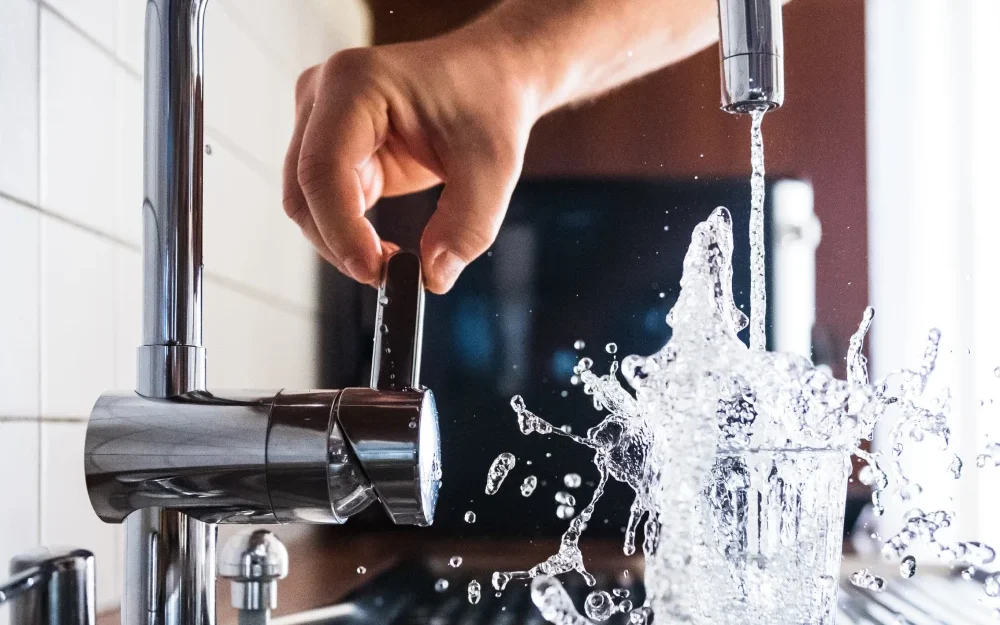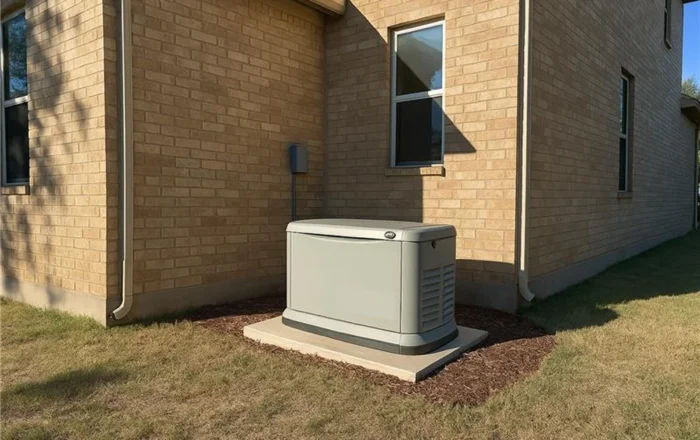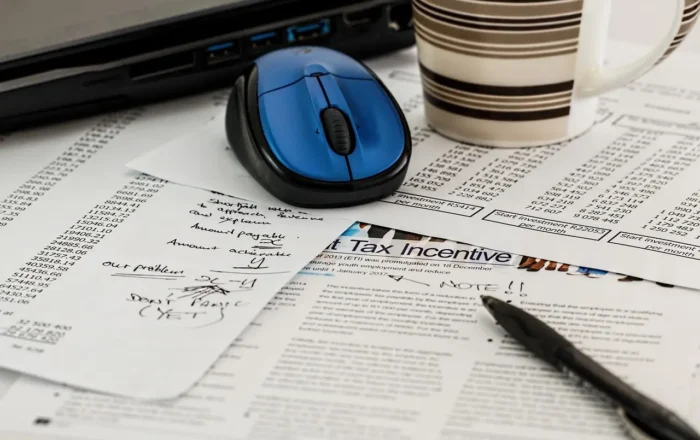How to Choose a Generator for Your Home
6 minute readHow to choose the right generator for your Texas home
Home > Blog > How to Conserve Water & Reduce Your Water Bill
5 minute read • Last update January 2024

Knowing how to save water is essential in areas like Texas that are prone to drought. But learning more about how to conserve water around the house and in your yard isn’t just helpful for ensuring you have enough for your daily needs — it’s also good for the environment and can help lower your monthly utility bills.
Of the 1.6 million new residents the US gained between 2022 and 2023, nearly 30% live in Texas.
With the state population expanding so quickly, the Texas Water Development Board (TWDB) has voiced concerns that supply may be unable to keep up with demand in the long term.
Follow this comprehensive list of water savings tips to maximize your precious supply.
Of the easiest ways to save water during everyday activities is to close the faucet while you’re doing other things:
Avoid flushing non-organic items like tissues, animal litter, feminine hygiene products, baby wipes, and cotton balls. It wastes gallons of water over time, contributing to an unnecessarily high water bill. Aside from being one of the most simple ways to save water, being conscious of what you flush can save you from costly repair fees, as foreign objects are among the top four causes of toilet clogs in American homes.
Want to know how to conserve water and reduce food waste simultaneously? Easy! Simply add organic matter to a compost bin rather than your regular trash can. Garbage disposal trucks demand a continuous water flow to function effectively, so diverting food scraps reduces municipal water consumption. Additionally, it provides nutrient-rich fertilizer for your vegetables, garden beds, window boxes, and more. Just remember not to compost meat, dairy, pet waste, or anything that contains food coloring. You can learn more about getting started in our guide to composting for beginners.
Avoiding using a hose for cleaning sidewalks and driveways is sometimes a requirement in Texas, as many public water systems put restrictions in place to mitigate excess water use via home irrigation systems. However, using a broom rather than a hose isn’t just an effective way of saving water — it also plays a crucial role in preventing unnecessary runoff, which carries debris, chemicals, and oils into stormwater systems.
Investing in efficient appliances like water-saving shower heads and a high-efficiency washing machine or dishwasher means you don’t even need to think about how to conserve water, as advanced technology does it for you. When shopping around, look for appliances with a WaterSense label to guarantee optimum efficiency without compromising performance.
Low-flow faucet aerators come as standard in new kitchen and bathroom faucet installations, and upgrades for older models are widely available. Practical tips for conserving water in the bathroom include replacing old, high-volume shower heads and toilet tanks with low-flow alternatives. Low-flow toilets use as little as 0.8 to 1.28 gallons per flush, saving up to 4,000 gallons annually compared to a standard 1.6 gallon capacity toilet tank.
A seemingly minor leak can equate to a significant increase in your water meter. That’s why one of our top tips to save water includes regularly inspecting your faucets, pipes, and household appliances to maintain the efficiency of your plumbing system. It’s also a good idea to check your house water meter weekly so you can identify and resolve problems quickly if you notice an unusual jump.
It’s estimated that of all the water Texans use outdoors, up to 90% is dedicated to maintaining lawns, gardens, and plants. So, how can you conserve water while still ensuring your yard stays lush and green? Here are a few suggestions:
One of the most obvious water conservation tips is to take a shower instead of filling the tub, as a full bathtub requires about 70 gallons of water. In contrast, a five-minute shower uses only 10 to 25 gallons. Aiming for shorter showers is also an effective method of saving hot water — plus, it affords you an extra few minutes of snooze time when your alarm goes off! If you must use the tub, aim to fill it only half full to account for displacement when you get in and try bathing small children together.
Upgrading to a dual-flush toilet allows you to minimize water usage by choosing between a full flush for solid waste and a partial flush for liquid waste. Alternatively, a simple solution for how to conserve water when flushing is to place a used water bottle (or two, if your toilet tank is big enough) filled with sand or pebbles in the bottom of the tank. With less water needed to fill it between flushes, you can save up to 10 gallons per day.
This may surprise you, but dishwashers and washing machines save water compared to handwashing. For example, a full dishwasher uses about 13 liters of water, whereas it would take around 100 liters to hand wash. However, there are extra water conservation tips you can utilize to save even more:
Soaker hoses deliver water directly to the roots of plants, ensuring ample soil moisture while minimizing evaporation and reducing water waste. You can even take an extra step to control the flow by choosing a hose with an automatic shut-off nozzle.
Tankless heaters produce warm water on demand, providing an instant flow of hot water without needing a storage tank. Tankless systems also considerably reduce energy consumption because no electricity is wasted on continuous heating when it’s not in use. According to the U.S. Department of Energy, tankless heaters are up to 34% more energy-efficient than traditional storage heaters.
Approximately 801,000 residential properties across Texas have a pool. If you’re lucky enough to live in one of them, saving water may feel difficult — but it’s not impossible. Here’s a list of quick tips:
If you’ve found these tips for how to conserve water helpful, there are other ways of making environmentally friendly choices and conserving energy.
Check out our selection of affordable and straightforward energy plans today and discover how much you can save.
Graham Lumley, Digital Marketing Manager at BKV Energy, leads digital and traditional marketing strategies, focusing on educating Texans about the state's deregulated energy market. With over 8 years of marketing experience, he creates content to help consumers understand and save on their energy bills, bringing a fresh and dynamic approach to the industry.

How to choose the right generator for your Texas home

Learn how Texas’s unique tax structure—without state income tax but with higher property and sales taxes—impacts residents, renters, and businesses in 2025.
Get $50 off your electric bill!
Use code BKVEJOINUS50
Enter your zip code to shop BKV Energy's affordable, fixed-rate Texas electricity plans. Use the promo code for $50 off your electric bill.